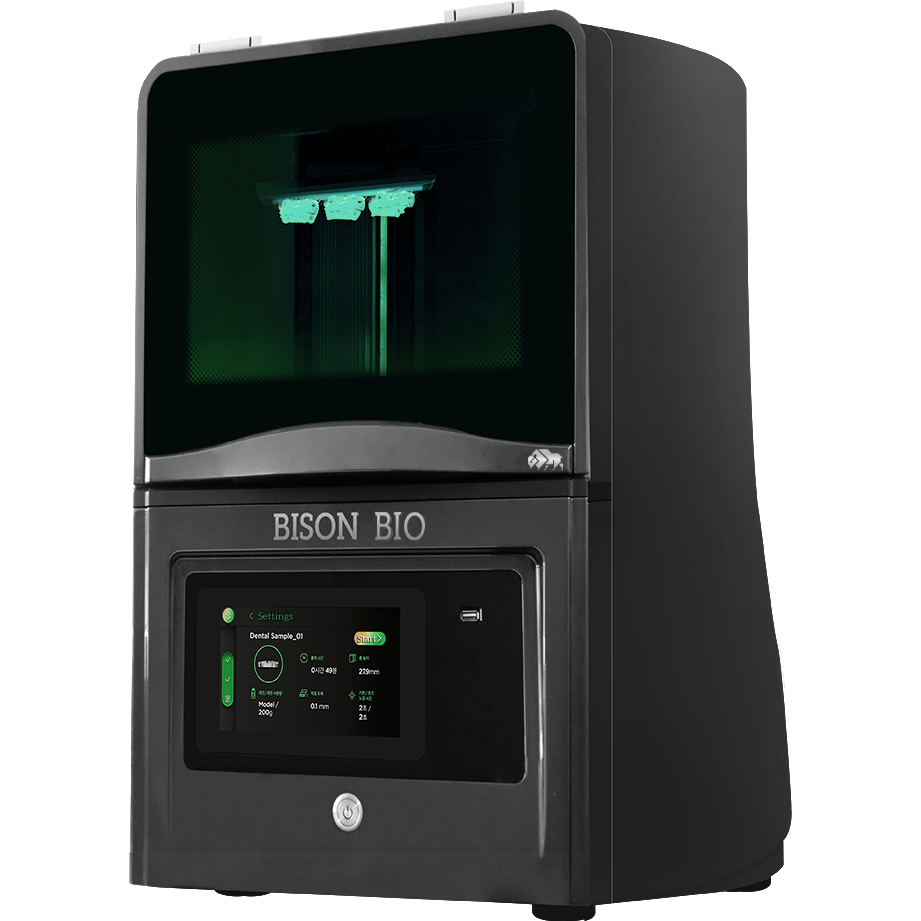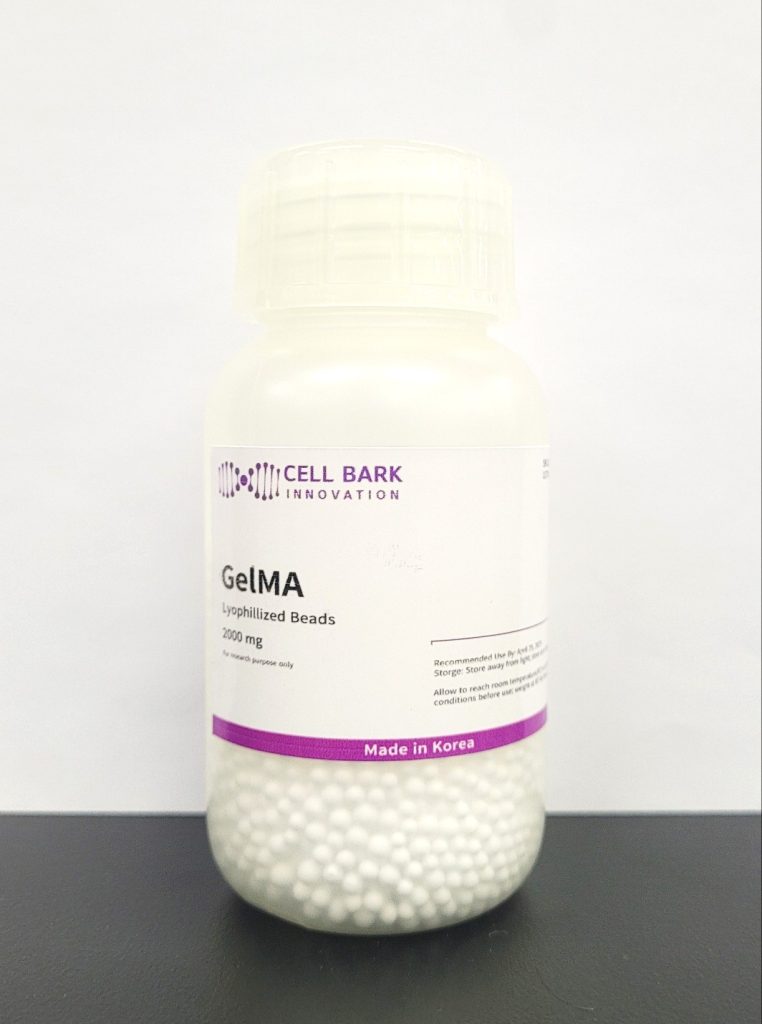Tethon 3D, a Nebraska-based ceramic 3D printing specialist, has entered the 3D bioprinting market with its new Bison Bio DLP 3D printer.
Developed in collaboration with 3D printer manufacturer Carima, the Bison Bio is a desktop-sized system designed for R&D applications in the medical sector. This new offering is compatible with Tethin 3D’s Tethon LAP photoinitiator and Tethon GelMA hydrogel bioink, produced in partnership with biomaterial firm Cell Bark Innovation.
Having entered the bioprinting space, Tethon 3D’s founders are reportedly working to propel healthcare and biomedical research advancements.
To support these efforts, Tethon employs Cell Bark Innovation’s founder Dr. Hojae Bae as its bioprinting advisor. Having studied at Konkuk University in Korea and Clemson University, Dr. Bae has published over 140 research papers on bio-industrial technologies.
“For over a decade, Tethon 3D has thrived on pushing the boundaries of 3D printing with advanced technical ceramic materials,” commented Tethon 3D co-founder James Linder. “We are thrilled to leverage our expertise in a new arena – bioprinting – and contribute to advancements in regenerative medicine.”
The new Bison Bio is available to purchase now from the official Tethon 3D website, with prices starting at $19,950.

Tethon 3D’s new Bison Bio 3D bioprinter
3D bioprinting is a growing technology in the medical research sector and is being leveraged to improve patient outcomes. This includes the fabrication of personalized breast implants, functional human tissue, FDA-cleared medication, and ongoing attempts to 3D print organs.
The launch of Tethon’s new Bison Bio DLP 3D bioprinter seeks to advance this field, with the company reportedly “committed to propelling advancements in healthcare and biomedical research.”
The 385 nm vat polymerization system can be customized to incorporate three adjustable build sizes of 30 x 20 mm, 57 x 32 mm and 96 x 54 mm, tailoring to a range of size-based needs.
It is advertised as including features enabling superior cell viability, ensuring a high percentage of live cells present within 3D bioprinted scaffolds. Achieving good viability is an ongoing challenge in the light-based bioprinting market, making the new DLP 3D printer an attractive option for medical, pharmaceutical, and other scientific laboratories.
With dimensions of 24 × 24 × 24 in, and a weight of 75 lbs, the Bison Bio is optimized to fit into most desktop-based workflows. The 3D printer’s competitive sub-$20,000 price point also makes it an accessible option within the bioprinting market.
Tethon 3D’s GelMA hydrogel and LAP bioink are delivered in powder form, and mixed prior to 3D printing. The company provides instructions to guide users in mixing the bioink for optimal results. Customers can purchase these products individually or as a bundle, with GelMA available in 2-gram quantities costing $175.

Developments in 3D bioprinting
Tethon 3D is not the only firm working to increase the accessibility of 3D bioprinting technology. Bioink technologies firm BIO INX recently partnered with high-resolution volumetric 3D printer manufacturer Readily3D to launch new ready-to-use bioinks for easy 3D bioprinting.
The collaboration’s first commercially available bioink, READYGEL INX, is a gel-MA-based ink designed for high reproducibility and good volumetric bioprinting performance. This new material adheres to BIO INX’s “plug and print” principle and features pre-optimized process parameters to simplify the bioprinting process and improve usability for researchers.
Elsewhere, researchers from Cardiff University developed a 3D bioprinter made entirely from Lego. Costing just £500, this project aimed to increase the affordability and accessibility of 3D bioprinting.
Using bioink, the lego 3D printer can precisely fabricate high-resolution layers of cells to replicate the structure of human tissue. The university is using the system to 3D print layers of skin cells, and is working towards a full-scale skin model.
Want to help select the winners of the 2024 3D Printing Industry Awards? Join the Expert Committee today.
What does the future of 3D printing hold?
What near-term 3D printing trends have been highlighted by industry experts?
Subscribe to the 3D Printing Industry newsletter to keep up to date with the latest 3D printing news.
You can also follow us on Twitter, like our Facebook page, and subscribe to the 3D Printing Industry Youtube channel to access more exclusive content.
Featured image shows the new Bison Bio 3D printer. Image via Tethon 3D.


